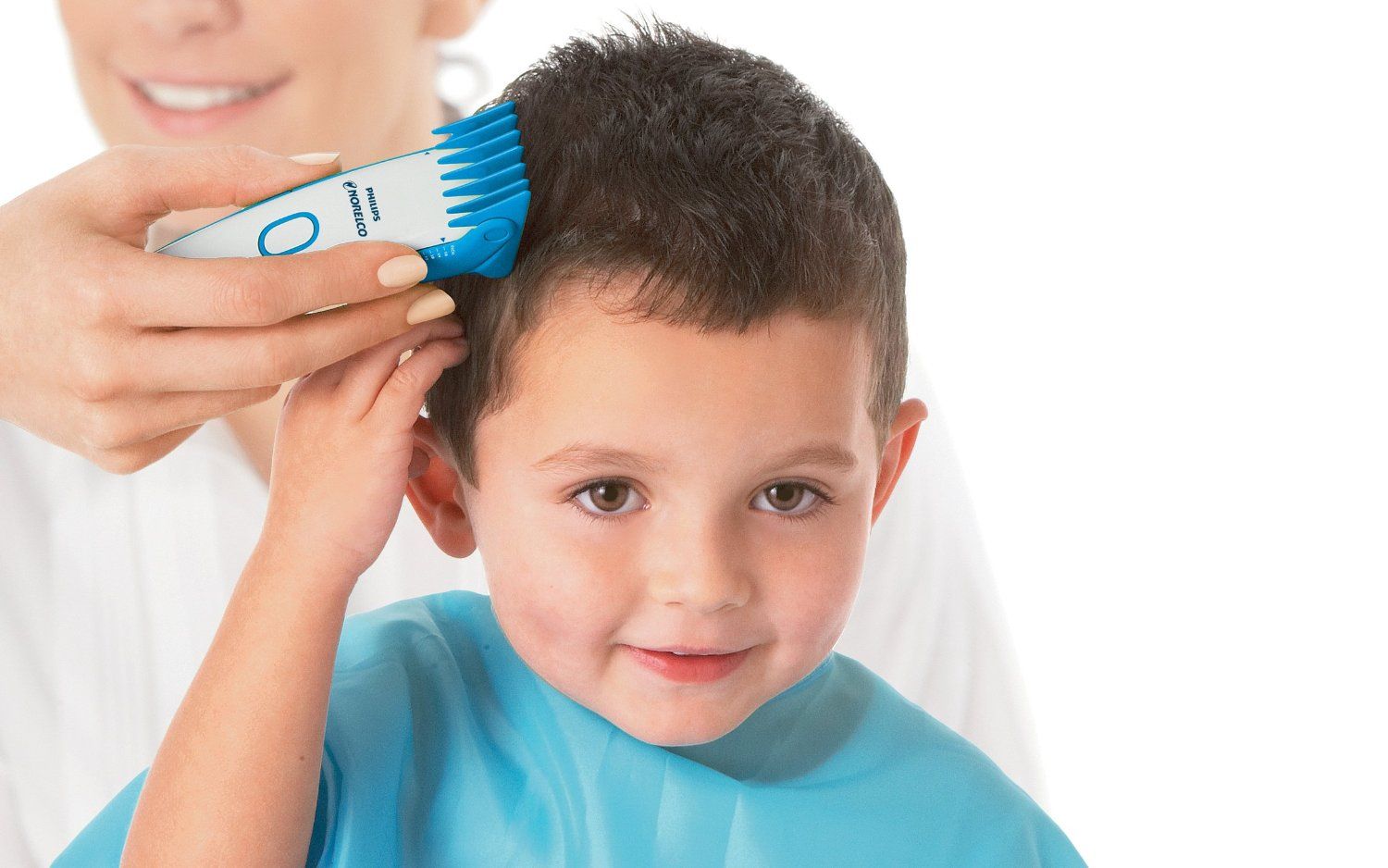Co-sleeping is a wonderful opportunity to sleep close to your child and strengthen those golden bonds between parent and child. This could be either in the same bed or in different beds in the same room. In an introduction to the Biological Anthropology School, there is some evidence that the human infant is the most sensitive, contact-dependent, and most dependent mammal of all; primarily because we are born neurologically sooner compared to other mammals. This is one of the main reasons why co-sleeping has been evolutionarily conceived.
In this article:
Evolutionary Need for Co-sleeping
How to Choose the Perfect Co-sleeper Crib?
What does the Research Say?
Co-Sleeping and Breastfeeding
The Bottom Line
Sleeping with Your Baby: A Parent’s Guide to Cosleeping
Evolutionary Need for Co-sleeping
For babies to pass safely through the birth canal, they’re born with only 25 percent of the size of an adult’s head. This means that physiological systems (body) function optimally while touching the mother’s body. Her body continues to regulate the baby’s systems, as was the case in the womb. In other cases, the mother’s flesh is the only setting to which the infant is adjusted. As renowned child psychologist Dr. Winnecott points out, “there’s no such thing as a baby alone; the only thing that exists is a nursing couple”. Ultimately, co-sleeping is beneficial, and some would even say essential for the baby’s initial development.
How to Choose the Perfect Co-sleeper Crib?
If you choose to co-sleep with your infant, you are bound to find a plethora of cribs and co-sleepers out there, touting their benefits. What many aren’t aware of is that many of these products are made of materials that contain toxins and chemicals that may be harmful to your baby’s well-being.
There is a wide variety of non-toxic cribs and co-sleeping cots for babies to enhance the experience of co-sleeping for both parents and newborns. They’re designed with keen consideration to safety, age and weight of the child. For example, co-sleeping bassinet is developed for babies of up to 5 months. The Arms-reach concepts clear vue non-toxic crib is a great choice for babies up to 5 months.
The HALO bassinet swivel co-sleeper crib was developed with greater attention to the weight of the child. It is suitable for babies who weigh less than 30 pounds. Another non-toxic crib which takes weight into account is the Baby bay convertible bedside crib which can accommodate a 24-pound baby and is a favorite among many new parents.
What the Research Says?
You might be surprised to know that by altering the speed of the mother’s breath, they can control babies’ heartbeat. This indicates that the pulse of the mom and infant is controlled by the existence of each other— the noise of inhalation and exhalation, the expansion and contraction of their chests, and the carbon dioxide being exhaled by one and inhaled by the other. However, you should be conscious of whether the baby sleeps too close to the parent, to avoid smothering or rolling over on to the baby’s arms or limbs. This has the possibility to a dreadful accident, should you be in deep sleep. Therefore, co-sleeping with the baby safely on a co-sleeping crib or bassinet next to your bed is a safe way to sleep next to your child, while also ensuring baby’s safety.
On the other extreme, babies sleeping alone in a space by themselves and not breastfeeding are now considered independent risk factors for SIDS (Sudden Infant Death Syndrome). Unfortunately, many new and experienced mothers have never understood or even heard of SIDS. So co-sleeping cribs are a great blend of autonomy and togetherness, and their benefits include more comfortable sleep for the parents, more and better sleep for the babies, easier breastfeeding at night, and fewer bedtime tasks.
Co-Sleeping and Breastfeeding
Most of today’s couples have various forms of co-sleeping, and there are increasingly fewer groups today that would leave their babies to sleep alone. According to J.McKenna’s book ‘Sleeping with Your Baby’, the idea of babies sleeping alone is outdated as people continue to embrace what is beneficial to both the mother and the baby. Passionate about his topic, Dr. McKenna advises how to promote ideal sleeping for children, nutrition in the evening, and how best to react to the ‘weeping little people.’ According to centuries of studies and throughout human evolution, allowing children to ‘scream it out’ is has not been the way to let children calm down. The best way to calm a baby down, according to MvKenna is by snuggling and embracing in the parent’s arms, and this strengthens the argument for cribs attached to bed.
The low-calorie structure of human breast milk (exquisitely adapted for the underdeveloped intestine of babies) makes it necessary to fulfill needs of frequent night-time feeds, thus creating further evidence for the need for co-sleeping while breastfeeding. Approximately 73 percent of women who plan to stop breastfeeding in the hospital find out how much easier breastfeeding is and how much happier they are to use co-sleeping cribs that attach to bed.
It is worth noting that the nutritional demands of our babies are more than those of other mammals like cattle, whose mother’s dairy has 19% sugar. Human breast milk is a great non-toxic organic source of vital nutrition, consisting of mainly water and sugar with about 10% to 20% less fat than the milk of cattle. Co-sleeping is a great method to readily nourish infants throughout the night while maximizing comforting contact, bond and rest.
As any parenting guide would tell you, do what suits your household and believe that you and only you understand your child better than anyone else. While it is very useful to take into account scientific research and professional opinion, ultimately no child is the same as another. You spend most of your time with your child, and that gives you unique insight into their behavior and preferences.
The Bottom Line
Bear in mind above all else that babies don’t have agendas; they don’t try to create difficulty for you or to manipulate you. They have little power over their conduct with such a small brain. Babies have no real ‘wants’ in their first six to seven months of existence, only ‘requirements’ or basic ‘needs’. The secret to healthy families is not recognizing what others suggest you have to do. Instead, try to evaluate the needs of your child personally. It is, therefore, essential to be fluid and to implement what works for your household; it’s not a one-size-fits-all solution. When confronted by new evidence, don’t be afraid to alter your routine to create a more nurturing environment for your child.













